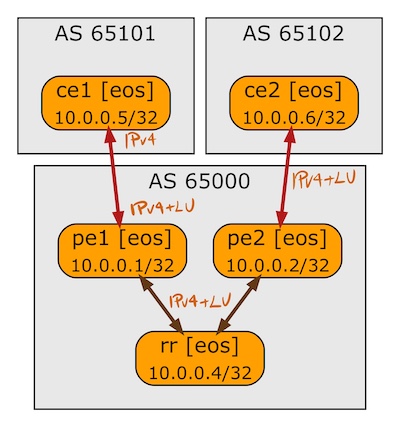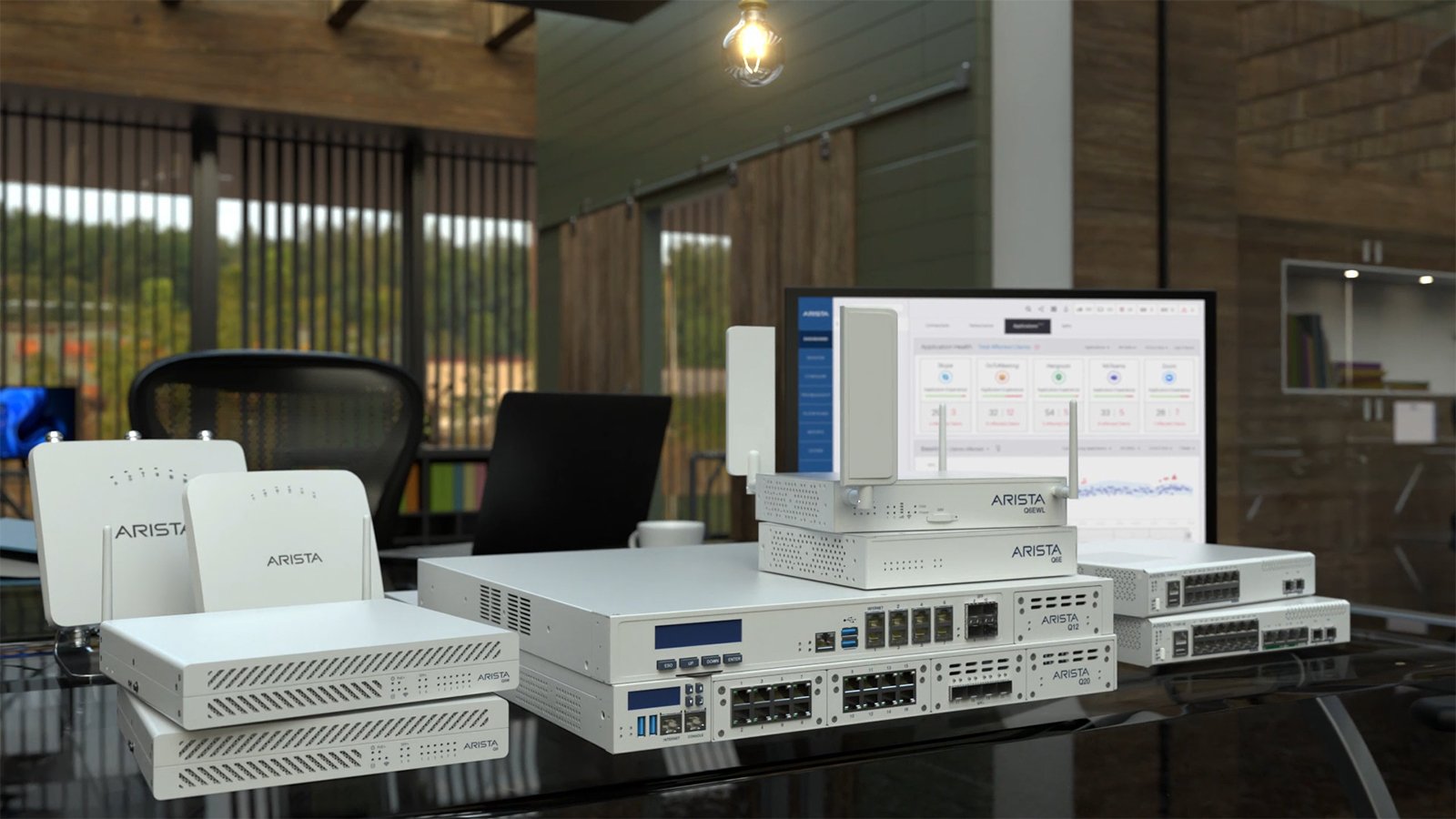The New Edge as a Service
As we enter 2022, there is much discussion on the “post-pandemic” world of campus and how it’s changing. Undoubtedly, the legacy 2000 era campus was mired in complexity, with proprietary features, siloed designs, and fragile software ripe for change. This oversubscribed campus is riddled with challenges, including critical outages causing risk-adverse behaviors and labor-intensive roll-outs hampering improvements. The future of the campus has changed as the lines between corporate headquarters, home, remote and transit workers are blurring and creating distributed workspaces. Before the pandemic, the most common network designs were rigidly hierarchical. They were based upon a manual model developed in the mid-1990s. As the demand for scale increased, the end user experience was degraded and the cost per connected host continued to escalate.
Are we ready to evolve the legacy campus to a new cognitive edge for the new and dispersed class of users, devices and IoT/OT? I think so and the time to recalibrate and redesign the campus is now!
How the Oscars impacted the Internet (at least in the US)


The 94th Academy Awards happened this past Sunday, March 27, 2022. In the global event we got to see several Oscars attributed to winners like CODA, Jane Campion (the director of The Power of the Dog) and also Dune (which won six Oscars), but also moments that had a clear impact in the Internet traffic, like the altercation on stage between Will Smith and Chris Rock.
Cloudflare Radar uses a variety of sources to provide aggregate information about Internet traffic and attack trends. In this blog post, we will use DNS name resolution data as a proxy for traffic to Internet services, as we did for the Super Bowl LVI.
The baseline value for the charts (that are only focused on the US) was calculated by taking the mean DNS traffic level for the associated Internet services between 08:00 - 12:00 PST on Sunday (March 27, 2022) — usually we use UTC, but we chose to use Los Angeles time as that’s where the event took place.
The event started with Beyoncé singing at 17:00 PST and ended at around 20:30. In terms of growth in traffic, the start of the show didn’t show much for social media, although TikTok Continue reading
BGP Labeled Unicast on Arista EOS
A week ago I described how Cisco IOS implemented BGP Labeled Unicast. In this blog post we’ll focus on Arista EOS using the same lab as before:

BGP sessions in the BGP-LU lab
BGP Labeled Unicast on Arista EOS
A week ago I described how Cisco IOS implemented BGP Labeled Unicast. In this blog post we’ll focus on Arista EOS using the same lab as before:

BGP sessions in the BGP-LU lab
IETF 113 – IEPG Meeting
The IEPG meets on the Sunday at the start of the IETF week. If there is a theme for the diverse collection of presentations here it is perhaps a focus on operational topics, but the particular selection of subjects in these sessions can be quite diverse.IETF 113 – DNS Topics
The IETF met in a hybrid format in March 2022. Here are my impressions from the DNS-related Working Group sessions during the week.Tech Bytes: Achieve SD-WAN Multicloud With Palo Alto Networks And Azure (Sponsored)
Today on the Tech Bytes podcast we’re sponsored by Palo Alto Networks, which is expanding its cloud partnership by integrating with Azure to help customers achieve a multicloud strategy.
The post Tech Bytes: Achieve SD-WAN Multicloud With Palo Alto Networks And Azure (Sponsored) appeared first on Packet Pushers.
Tech Bytes: Achieve SD-WAN Multicloud With Palo Alto Networks And Azure (Sponsored)
Today on the Tech Bytes podcast we’re sponsored by Palo Alto Networks, which is expanding its cloud partnership by integrating with Azure to help customers achieve a multicloud strategy.BGP Policies (Part 3)

At the most basic level, there are only three BGP policies: pushing traffic through a specific exit point; pulling traffic through a specific entry point; preventing a remote AS (more than one AS hop away) from transiting your AS to reach a specific destination. In this series I’m going to discuss different reasons for these kinds of policies, and different ways to implement them in interdomain BGP.
There are many reasons an operator might want to select which neighboring AS through which to send traffic towards a given reachable destination (for instance, 100::/64). Each of these examples assumes the AS in question has learned multiple paths towards 100::/64, one from each peer, and must choose one of the two available paths to forward along.
In the following network—

From AS65001’s perspective
Assume AS65001 is some form of content provider, which means it offers some service such as bare metal compute, cloud services, search engines, social media, etc. Customers from AS65006 are connecting to its servers, located on the 100::/64 network, which generates a large amount of traffic returning to the customers.
From the perspective of AS hops, it appears the path from AS65001 to AS65006 is the same length—if this Continue reading
Wi-Fi 6 2022 Trends: Not Your Grandfather’s Wi-Fi
Wi-Fi 6, which is based on the IEEE 802.11ax standard, provides the capacity, efficiency, coverage, and performance required by users today in the most demanding Wi-Fi environments.Career Advice I’d Give To 20, 30 and 40-Something Year Old Me
Career Advice To 20-Something Year Old Me
Start that business. You have sufficient technical & business skills, and you can figure out what you don’t know. Take the chance now while you have little at risk.
You’re not the standard everyone else is supposed to live up to. Work on your own faults. They are legion.
Your boss is your boss for a reason. You’re not the boss for a reason, too. When you understand and accept those reasons, you’ll reduce the workplace friction you keep experiencing.
Meritocracy doesn’t mean what you think it means. Being good at your job doesn’t mean you deserve a promotion.
More responsibility comes easy, because no one wants it. More compensation comes hard, because everyone wants it.
Business owners who cheat their partners & customers will cheat their employees, too. Run at the first sign of dishonest business dealings.
Career Advice To 30-Something Year Old Me
Define your goals so you know when you’ve reached them. Otherwise, you’ll exhaust yourself with endless effort.
You are your own worst critic. Take yourself less seriously.
When you work for someone else, you are a replaceable component in a larger machine. This is by design.
You don’t Continue reading
Network Break 375: Aruba Networks Dives Into GreenLake; Okta Pins Incident On Outsourcer
Today's Network Break discusses Aruba Networks moving closer to HPE GreenLake with a new reseller-focused way to sell network gear, how data center design hampered fire fighting at an OVHcloud facility, Okta's response to a January security incident, Intel's request for US government dollars, and more IT news.Understanding Data Center Fabrics 08: Advanced Underlay Control Planes – Video
In this video, Russ White examines two advanced options for your underlay control plane: distoptflood and RIFT. He explores the basics of distopflood and RIFT, optimizations in distoptflood, centralized flooding, how RIFT works, and more. You can subscribe to the Packet Pushers’ YouTube channel for more videos as they are published. It’s a diverse a […]
The post Understanding Data Center Fabrics 08: Advanced Underlay Control Planes – Video appeared first on Packet Pushers.
